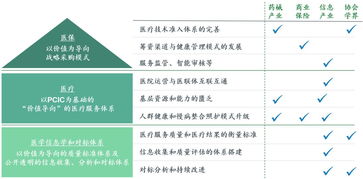Title: Understanding Battery Health Curve Changes
Introduction
Battery health curves depict the capacity and performance of a battery over its lifespan. Understanding these curves is crucial for maximizing battery efficiency and lifespan. Let's delve into the dynamics of battery health curves and how they change over time.
1. Battery Health Curve Basics
Battery health curves typically illustrate the relationship between capacity and cycle count or age. At the initial stage, the battery exhibits high capacity and performance. However, as it undergoes charging and discharging cycles or ages, its capacity gradually diminishes, leading to changes in the health curve.
2. Early Life Phase
During the early life phase, the battery health curve shows a relatively stable period with high capacity. This phase is characterized by optimal performance and minimal capacity degradation. Proper charging practices and usage patterns during this phase can significantly impact the longterm health of the battery.
3. MidLife Phase
As the battery continues to be used, it enters the midlife phase where capacity degradation becomes more noticeable. The health curve starts to exhibit a gradual decline as the battery undergoes more charging cycles. Factors such as temperature, charging rates, and depth of discharge play crucial roles in determining the rate of capacity loss during this phase.
4. EndofLife Phase
In the endoflife phase, the battery health curve experiences a steep decline as capacity diminishes rapidly. This phase signifies the nearing of the battery's end of usability, where its performance becomes significantly compromised. At this stage, the battery may struggle to hold a charge, leading to frequent recharging and reduced device runtime.

5. Factors Influencing Health Curve Changes
Several factors influence the changes observed in battery health curves:
Charging Practices:
Proper charging techniques, such as avoiding overcharging or deep discharging, can help maintain battery health.
Temperature:
High temperatures accelerate capacity loss, while cooler temperatures can prolong battery lifespan.
Usage Patterns:
Heavy usage and frequent charging/discharging cycles contribute to faster capacity degradation.
Quality of Components:
The quality of the battery and its components can affect its longevity and performance.6. Mitigating Health Curve Changes
To mitigate adverse changes in battery health curves and prolong battery lifespan, consider the following strategies:
Optimize Charging:
Use chargers optimized for your device and avoid overcharging or letting the battery drain completely.
Manage Temperature:
Keep the device and battery at moderate temperatures to prevent accelerated capacity loss.
Reduce Heavy Usage:
Limit intensive tasks and avoid unnecessary charging cycles to minimize wear on the battery.
Regular Maintenance:
Periodically calibrate the battery and update device firmware to optimize battery performance.Conclusion
Understanding battery health curve changes is essential for maintaining optimal battery performance and prolonging lifespan. By implementing proper charging practices, managing usage patterns, and considering environmental factors, users can effectively mitigate capacity degradation and ensure longterm battery health.
This comprehensive overview should provide insights into the dynamics of battery health curves and offer guidance on optimizing battery performance across various devices and applications.










